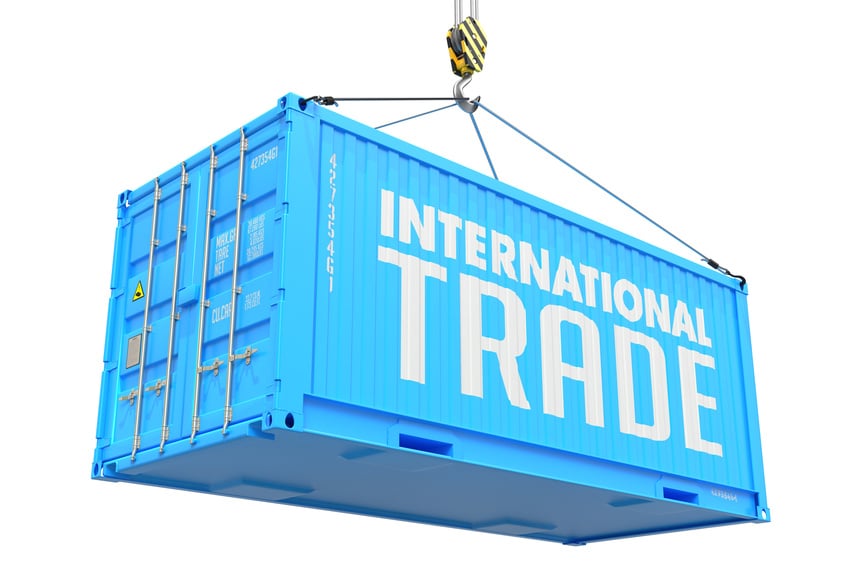The Canadian Federal Court of Appeal’s (“FCA”) decision in Skechers USA Canada Inc. v. President of the Canada Border Services Agency (“Skechers”) now arguably broadens the scope of what research, design and development (“R&D”) costs must be included in the value for duty of imported goods determined under the transaction value method.[1] As a result, importers should review their R&D costs to determine whether they are dutiable in light of the FCA’s Skechers decision.
Background
Skechers USA Inc. (“Skechers US”) was responsible for designing various styles of footwear, and Skechers USA Canada Inc. (“Skechers Canada”) purchased footwear from Skechers US for re-sale in Canada. Pursuant to their cost-sharing agreement, Skechers Canada paid Skechers US for costs that Skechers US incurred for activities necessary, among other things, to research, develop and design footwear. Skechers US developed 40,000 to 50,000 prototype samples of shoes every year, approximately 5,000 of which succeeded in becoming available for sale, and approximately 1,700 of which were typically marketed in Canada. Skechers Canada had included in the value for duty of the approximately 1,700 footwear styles it imported into Canada the R&D costs directly related to those styles. The dispute with the Canada Border Services Agency (“CBSA”) was over the separate payments Skechers Canada made to Skechers US for compensation of the costs of the moulds and samples of unsuccessful shoe styles and the shoe styles that were not imported into Canada, and for general research and design costs such as the salaries of Skechers US’s research and design staff. The CBSA’s position was that these additional costs were incurred as part of the process to produce the approximately 1,700 successful footwear styles that were imported into Canada, and as such the payments by Skechers Canada to Skechers US for these additional costs were “in respect of” the footwear imported into Canada that should have been included in the value for duty determination under the transaction value method. Skechers Canada had conceded at the hearing before the CITT and the FCA that the amount of these additional R&D costs were ascertainable at the time of importation.
The FCA Decision
The FCA affirmed the CITT’s approach and indicated that in order to determine whether the additional R&D payment was “in respect of” the imported goods, “…the central question is whether a sufficient link exists between the payment and the goods in issue”. The FCA agreed with the CITT that, as the research, design, and development process for Skechers footwear was “a seamless, interrelated process, the whole of which is required to produce the goods at issue”, there was a sufficient link between R&D costs for the product designs that never came to fruition or for goods that were never imported into Canada, and the footwear styles that were imported into Canada. As a result, the FCA found that the CITT’s conclusion that the additional R&D payments made by Skechers Canada to Skechers US for compensation of these costs should have been included in the value for duty of the footwear styles imported into Canada was reasonable and dismissed Skechers Canada’s appeal.
Conclusion
Importers should review their R&D payments to determine whether they are dutiable in light of the test set out in the Skechers decision. Even if R&D payments relate to goods that are never produced or to goods that are not imported into Canada, if there is a sufficient link between the R&D payments and the imported goods, the CBSA will likely take the position that these payments are in respect of the imported goods, and therefore dutiable. Given the manner in which R&D payments are calculated and paid, it may be difficult for importers to quantify the amount of the R&D payments that are dutiable in a given year. Where uncertainty exists, importers may consider requesting named rulings from the CBSA to obtain certainty regarding the dutiable status of their R&D payments and how these payments are to be quantified and accounted for to the CBSA. As a result of the Skechers decision, importers should expect an increased focus on the dutiable status of R&D payments by CBSA auditors.
[1] The primary method for determining the value for duty of goods imported into Canada is the “transaction value” method. The transaction value of goods is determined by ascertaining “the price paid or payable” for the goods when the goods are sold for export to Canada to a purchaser in Canada, subject to certain adjustments. The “price paid or payable” is defined in the Customs Act (Canada) to mean “the aggregate of all payments made or to be made, directly or indirectly, in respect of the goods by the purchaser to or for the benefit of the vendor.”






